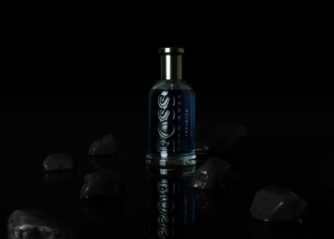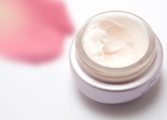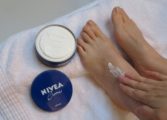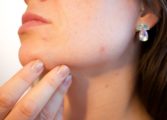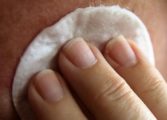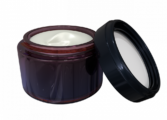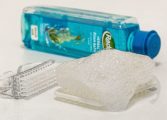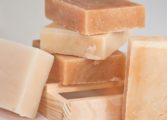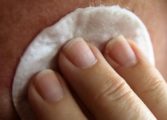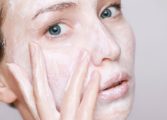A guide to finding the perfect facial cream
Understanding the importance of good facial cream
A good facial cream is an essential component of any skincare routine. It not only moisturizes the skin but also provides nourishment and protection against environmental factors. Finding the right facial cream requires understanding your skin type and its specific needs. Whether you have dry, oily, or combination skin, there is a perfect facial cream out there for you. This comprehensive guide will walk you through the important aspects to consider when choosing a facial cream, ensuring that you make an informed decision.
The evolution of facial creams over time
Facial creams have come a long way throughout history. Ancient Egyptians were one of the first civilizations to prioritize skincare, using natural ingredients like olive oil and honey as moisturizers. In the 19th century, scientists began experimenting with new active ingredients, such as retinol and hyaluronic acid. These advancements led to the development of modern-day facial creams that provide targeted benefits for different skin concerns. Today, facial creams not only moisturize but also offer anti-aging properties, UV protection, and even address specific skin conditions like acne or sensitivity.
Finding the perfect facial cream for your skin type
1. Determine your skin type: It is essential to identify whether you have dry, oily, or combination skin. This knowledge will help you choose a facial cream that caters to your skin’s specific needs.
2. Read the labels: Look for key ingredients that benefit your skin type. For dry skin, ingredients like glycerin and hyaluronic acid provide intense hydration. Oily skin can benefit from lightweight, oil-free formulas that contain ingredients like salicylic acid or niacinamide to control sebum production. Combination skin requires a balance of hydration and oil control, so opt for products with a combination of hydrating and mattifying ingredients.
3. Consider additional skincare concerns: If you have specific concerns like aging, hyperpigmentation, or acne, look for facial creams that target these issues. Retinol, vitamin C, or alpha hydroxy acids can help address signs of aging, while niacinamide and azelaic acid are beneficial for hyperpigmentation. For acne-prone skin, choose a non-comedogenic facial cream with ingredients like benzoyl peroxide or tea tree oil.
4. SPF protection: Protecting your skin from harmful UV rays is crucial. Look for facial creams with sunscreen, preferably with a broad-spectrum SPF of 30 or higher.
Application and tips for maximum effectiveness
1. Cleanse thoroughly: Before applying your facial cream, cleanse your face to remove any dirt, oil, or makeup residue. This allows the cream to penetrate the skin more effectively.
2. Use the right amount: Apply a pea-sized amount of the product onto your fingertips and gently massage it into your skin using upward motions. Avoid applying too much, as it can clog pores and feel heavy on the skin.
3. Consistency is key: Establish a regular skincare routine by applying your facial cream twice a day once in the morning and once before bed. Consistency enhances the cream’s effectiveness and increases visible results.
4. Don’t forget the neck: Extend the application of your facial cream to your neck and décolletage area. These areas are often neglected but can show signs of aging too.
Final thoughts
Finding the perfect facial cream requires understanding your skin’s needs, considering specific concerns, and choosing the right ingredients. The evolution of facial creams has brought us a wide range of options to address various skincare issues. Remember to read labels, determine your skin type, and establish a consistent skincare routine for the best results. By following these guidelines, you’ll be on your way to achieving healthy, glowing skin that will make you feel confident and beautiful.


